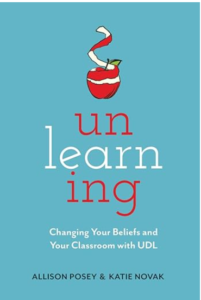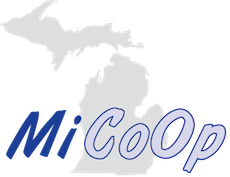Unlearning

Learning to Unlearn
Why is changing what we do so hard? Posey and Novak posit that, to change how we think about teaching, how to manage classrooms, and how to develop curriculum, we must unlearn. In a profession that spends so much time thinking about learning, the process of unlearning is what needs to happen before real change can happen. This book is for teachers and the professionals who support them. It is for educators who are interested in UDL but have not been able to transform practice to increase the outcomes of all learners.
Schedule
All dates meet at 4:00 pm Eastern Time Zone
| DATE | DISCUSSION |
|---|---|
| October 26, 2023 | Book Club Kick-Off/Three Teaspoons of Lemon Juice
In this first meeting of our book club, we will spend time meeting one another and why we want to read this book. We’ll also spend a little time discussing the “not an introduction” of Unlearning. |
| January 10, 2024 | Chapters 1-2
Reflection/Potential Discussion Questions
Consider reading or watching some resources that go along with these chapters.
|
| March 5, 2024 | Chapters 3-4
Reflection/Potential Discussion Questions
Consider reading or watching some resources that go along with these chapters.
|
| May 8, 2024 | Chapters 5-6
More details to come |
